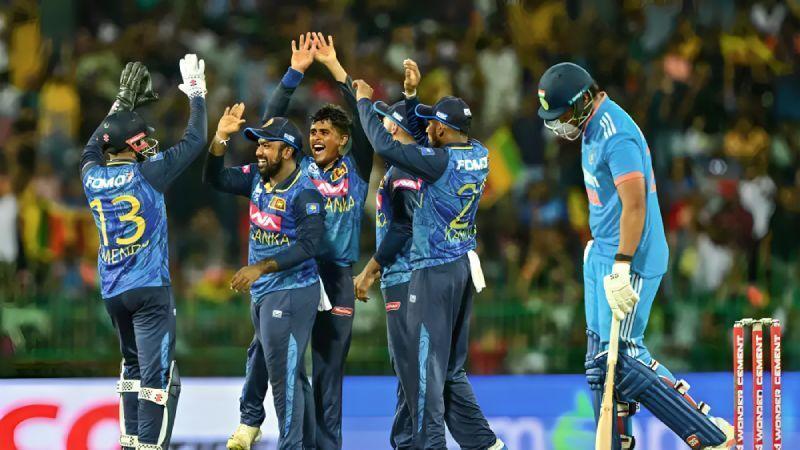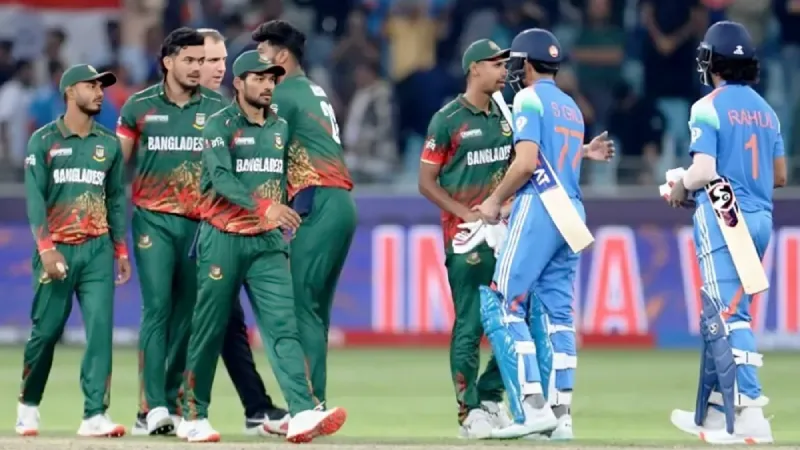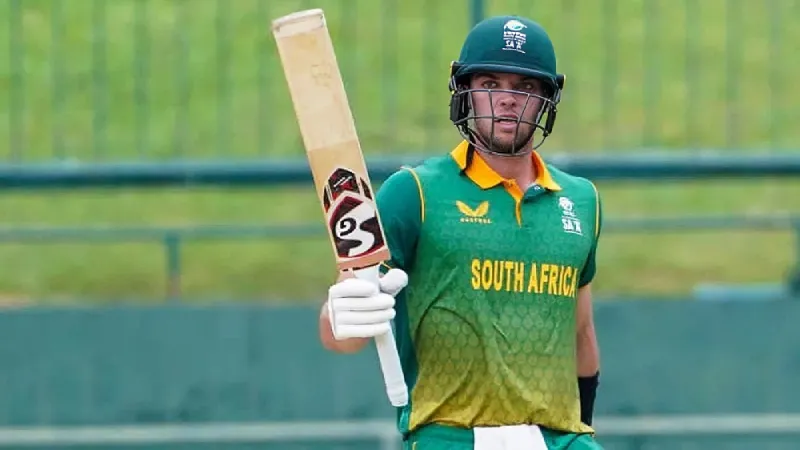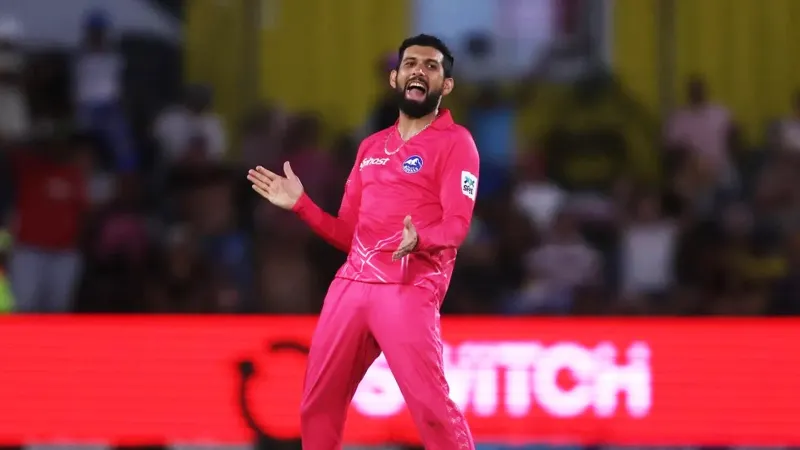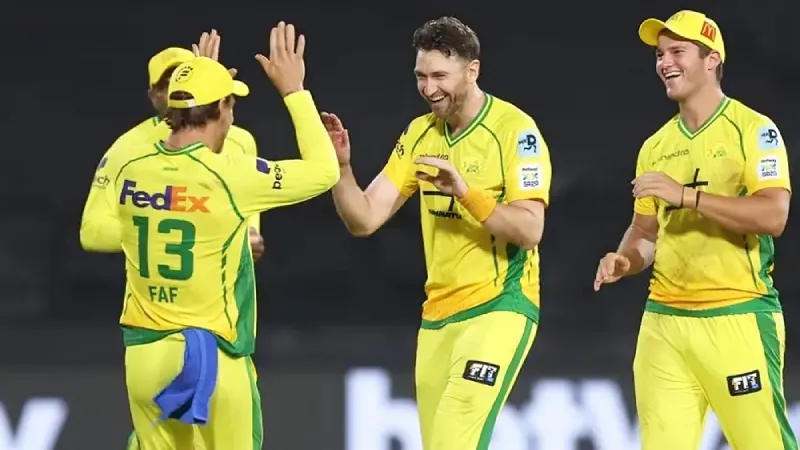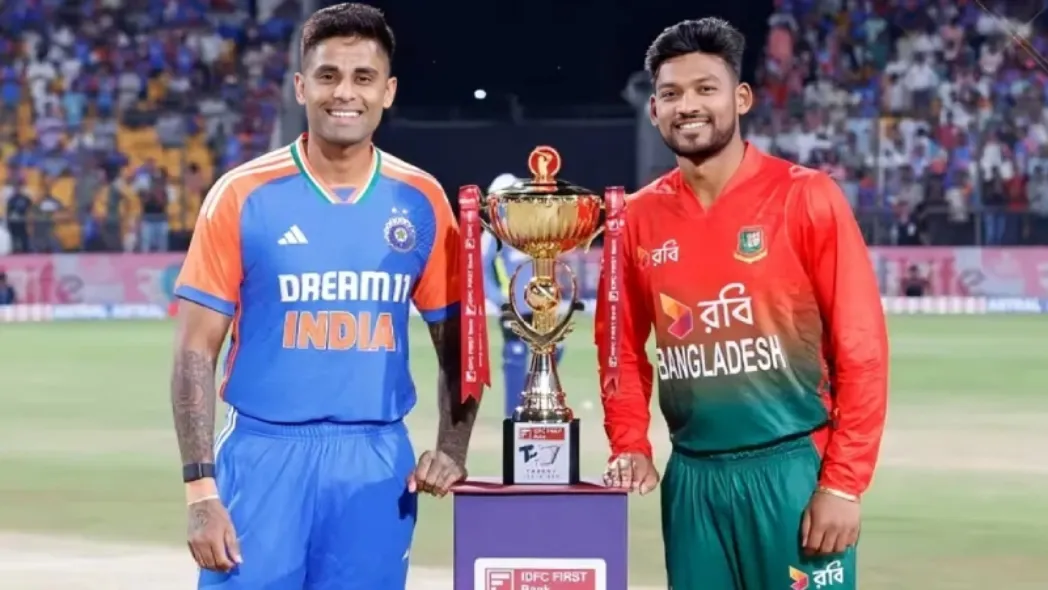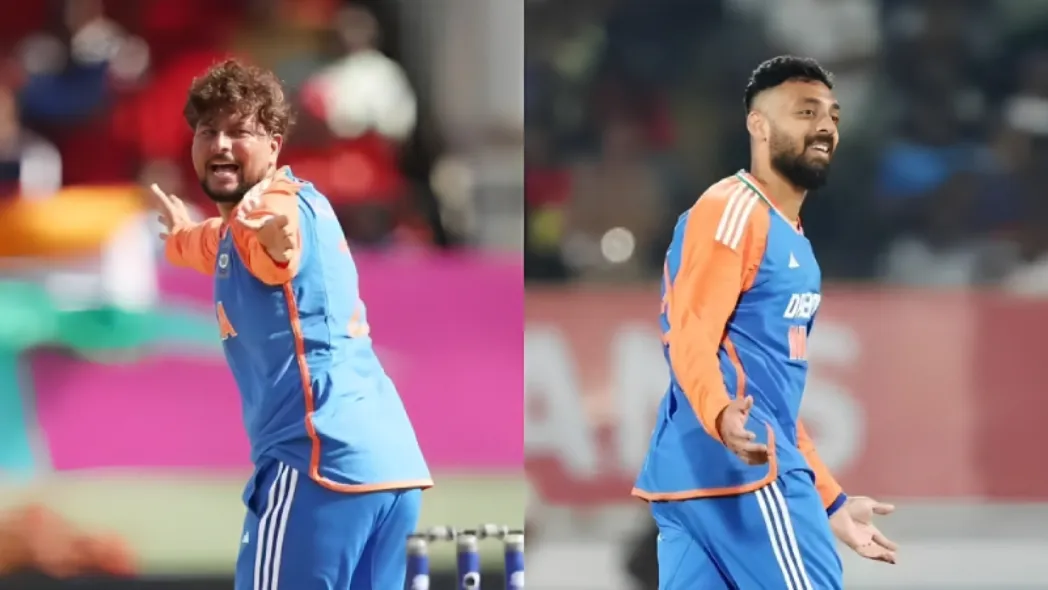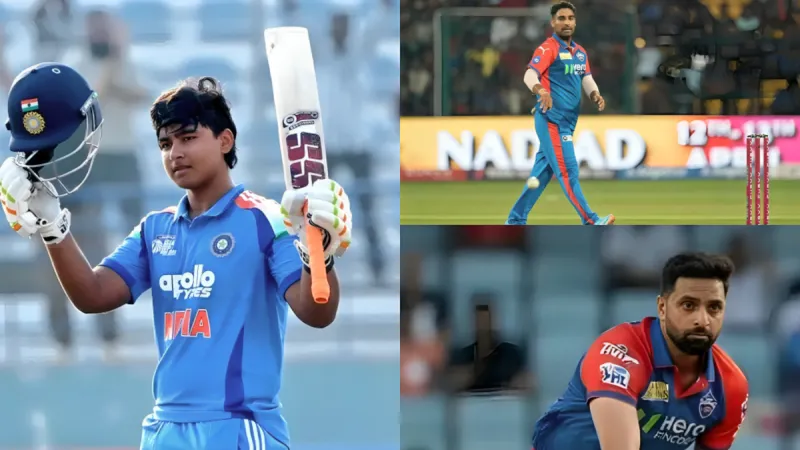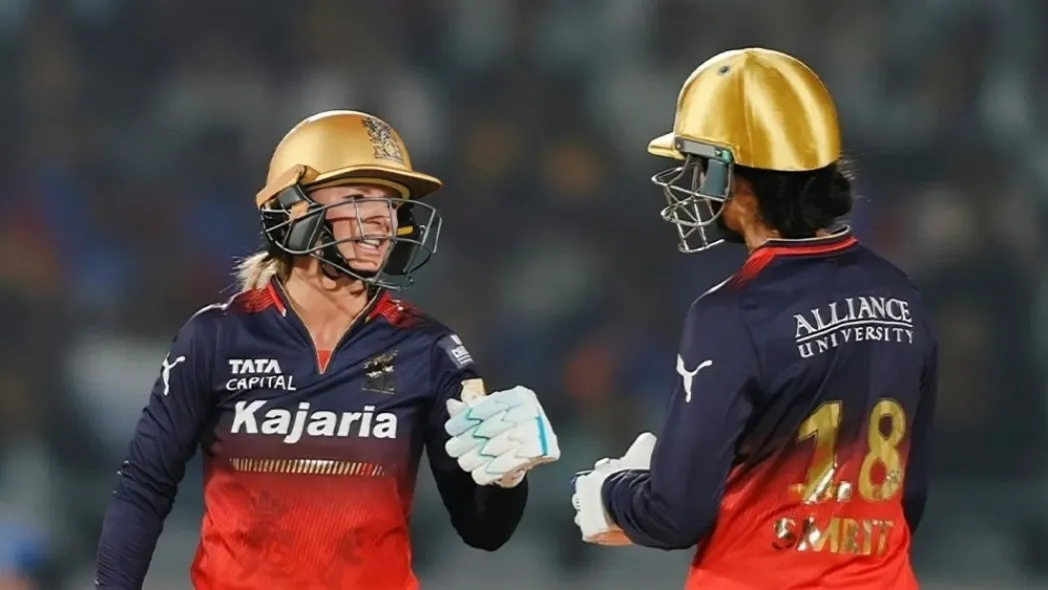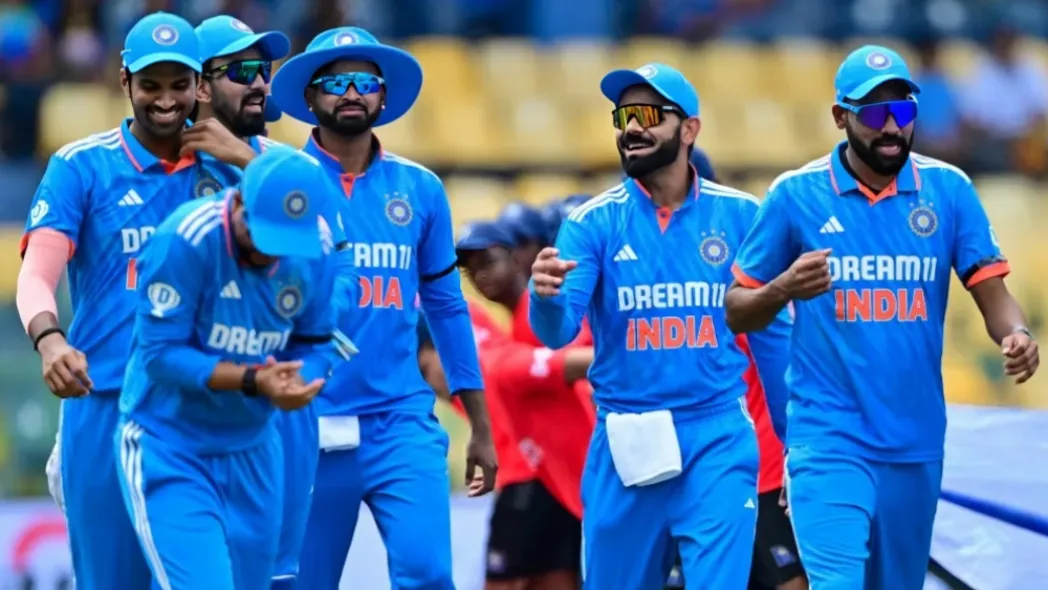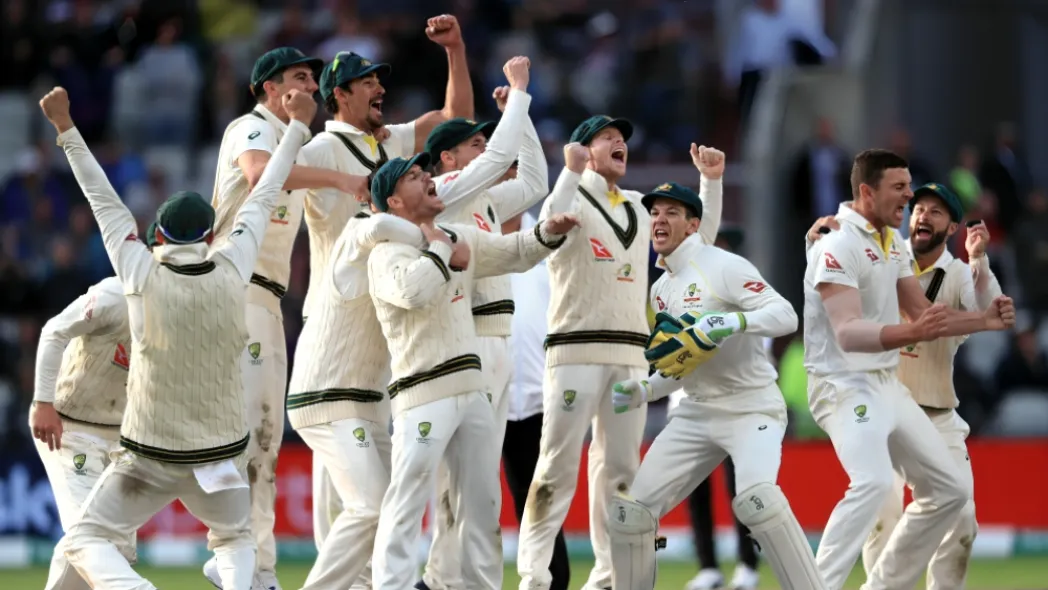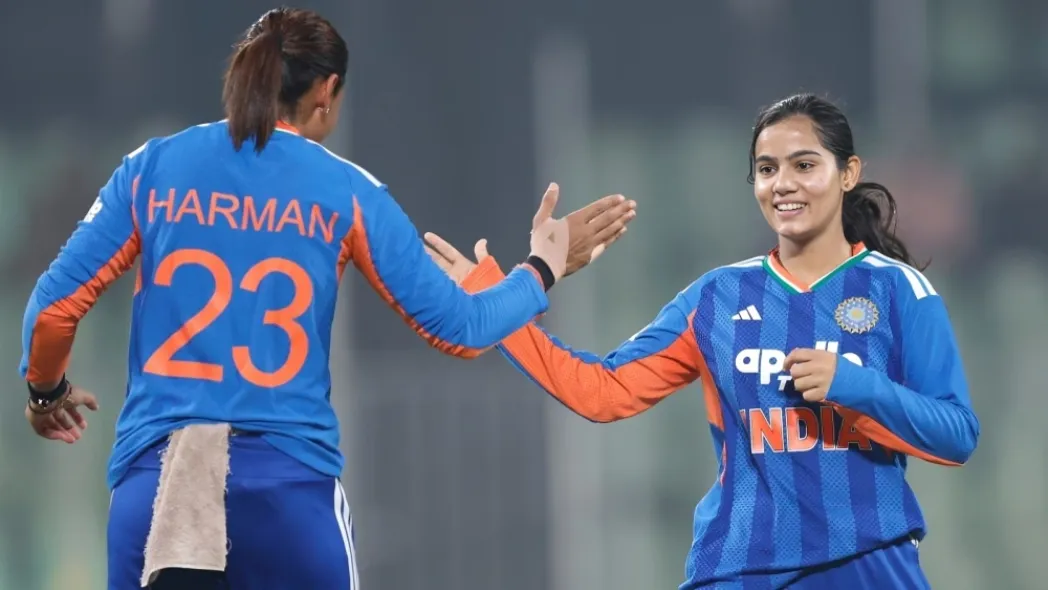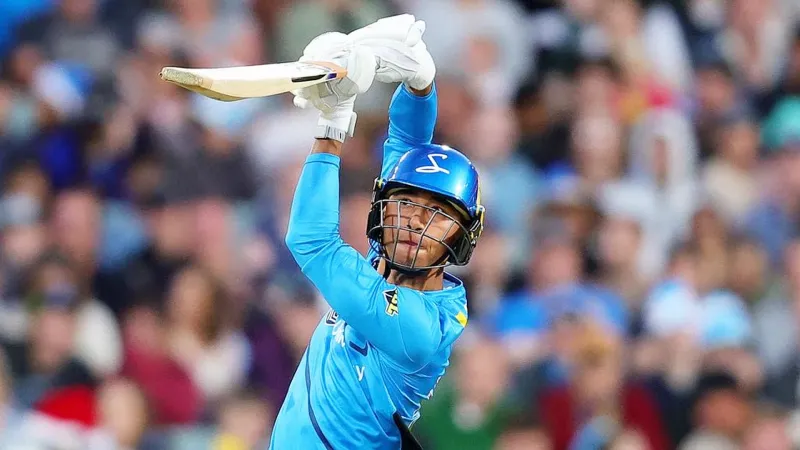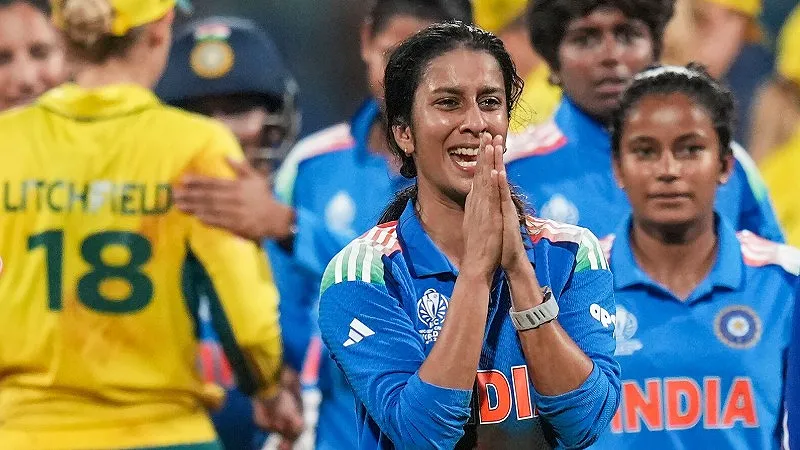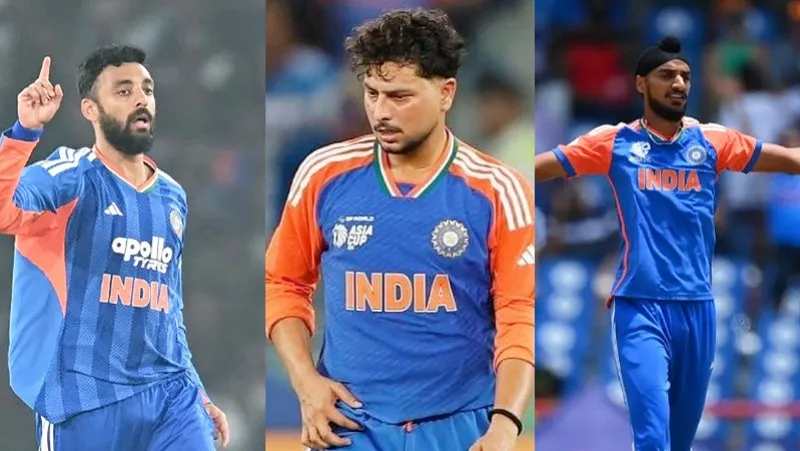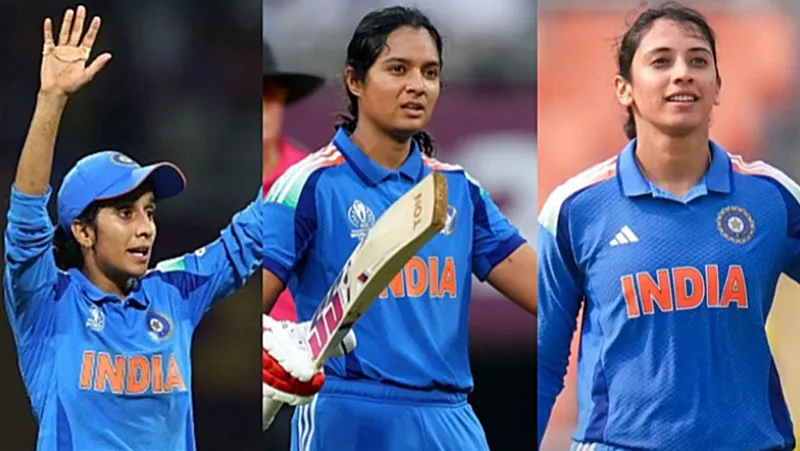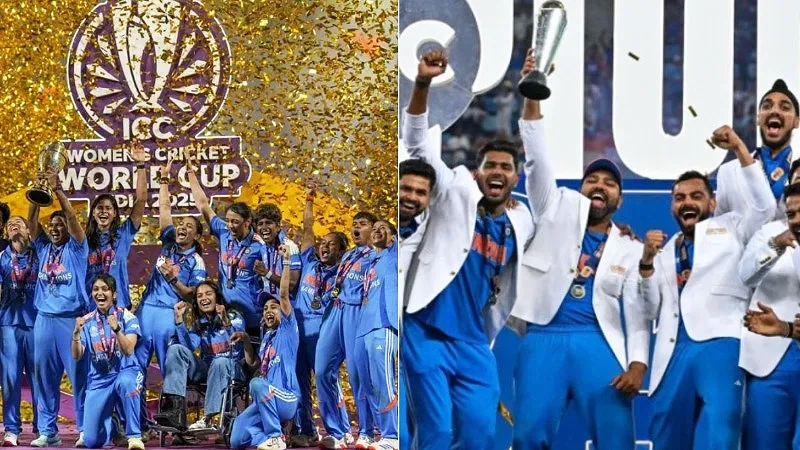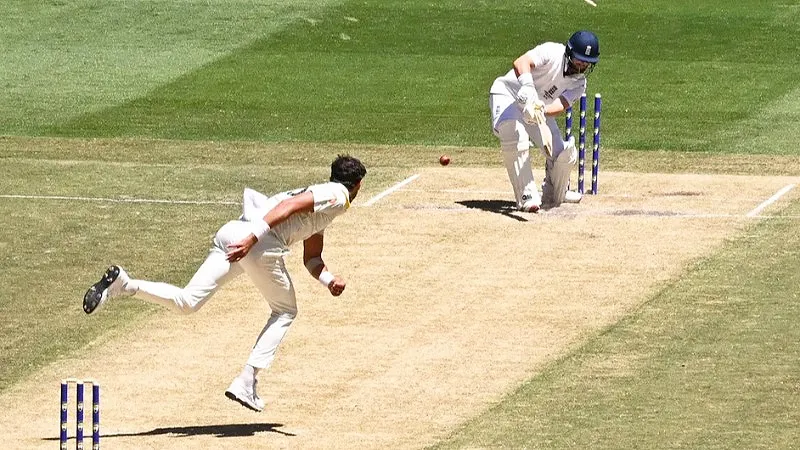The cricketing world was left gasping in disbelief as Sri Lanka, channeling their inner underdog superheroes, triumphed over India in the third ODI at the R. Premadasa Stadium, Colombo, clinching a 2-0 series win. This marked India’s first series loss to Sri Lanka since 1997, ending a 27-year streak of bilateral ODI series success against the Islanders. Analyzing the series, several factors contributed to Sri Lanka’s historic triumph over India.
The Indian team, led by Rohit Sharma, came into the series with high expectations, especially after a successful T20I series. However, the strategic acumen and leadership displayed by Sri Lanka were pivotal in their victory. Sri Lanka’s captain effectively marshaled his troops, particularly in the crucial middle overs where Indian batsmen struggled the most.
Sri Lanka’s spin bowling, particularly Jeffrey Vandersay, played a crucial role in dismantling the Indian batting lineup. In the second ODI, Vandersay’s spell was instrumental in India’s collapse, showcasing Sri Lanka’s ability to exploit spin-friendly conditions effectively. The Indian batsmen, traditionally strong against spin, were unable to cope with the precision and variation of the Sri Lankan spinners.
India’s middle-order batting woes were so pronounced throughout the series that they might as well have set up a concession stand for easy wickets. Despite strong starts, the middle order failed to capitalize, losing wickets in clusters. In the first ODI, India’s chase was derailed after a solid foundation laid by Rohit Sharma, ending in a tie. The inability of the middle-order batsmen to build partnerships was a critical factor in India’s downfall.
Sri Lankan players stepped up at crucial moments. In the third ODI, Sri Lanka posted a competitive total of 248/7, thanks to contributions from multiple batsmen. While it wasn’t an imposing target, it proved to be enough due to the disciplined bowling and fielding efforts. The pressure created by consistent wicket-taking bowled India out for just 138, sealing a comprehensive 110-run victory.
To understand the significance of this series loss, one must look back at the 1997 series. Led by Sachin Tendulkar, the Indian team boasted stars like Sourav Ganguly and Rahul Dravid.Despite having a squad that looked like a dream team on paper, India managed to turn their series against Sri Lanka into a nightmare, losing 3-0 and giving cricket fans a masterclass in how to snatch defeat from the jaws of victory.
Comparison Between 1997 and 2024
The 1997 Indian team had a blend of youth and experience but lacked the cohesion needed to close out games. In 2024, despite having seasoned campaigners like Rohit Sharma, the team’s over-reliance on a few players and the failure of the middle order mirrored the issues faced in 1997.
Both series highlighted the importance of tactical execution. In 1997, Sri Lanka executed their plans with precision, exploiting India’s weaknesses. Similarly, in 2024, Sri Lanka’s strategy to use spin effectively and apply pressure during the middle overs was crucial.
Sri Lanka’s series win against India in 2024 was a result of strategic planning, effective execution, and capitalizing on India’s vulnerabilities. This historic victory not only ended a 27-year drought but also served as a reminder for Team India to address their weaknesses and prepare better for future challenges.
For more, visit JeetBuzz News to read our quality Cricket Blog updates. Explore if you want to reminisce and enjoy all of your favourite cricket players and nostalgic match moments. To ensure that you never miss out, keep updated and join in the fun!

